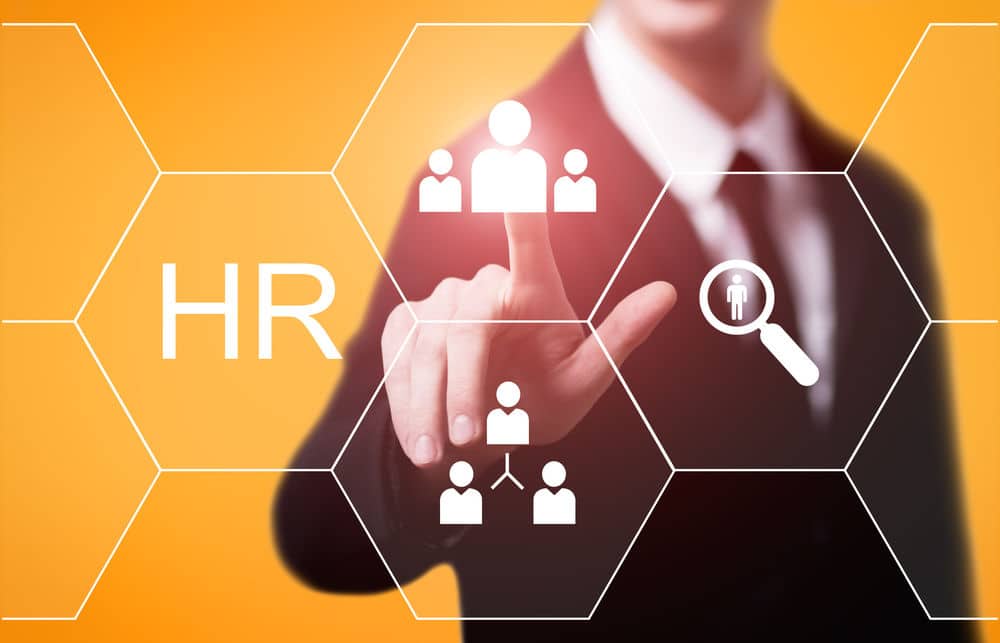One of the most difficult budgets to prepare within any company is the human resources or people budget. HR leaders, in collaboration with IT and their executive teams, must anticipate the needs in 2022 for the people budget and the workforce’s needs. Employees' demands (and their criteria for choosing and staying with an employer) are dramatically changing. The smart HR teams will begin their 2022 budget planning now to meet the challenge of rising turnover, compensation demands, hybrid work expectations, and one-click digital technology solutions.
If we have learned anything in 2021, it is that the workforce is full of surprises. As 2021 began, many business leaders were hoping to abate COVID19 and a return to something resembling normal. While the abatement occurred, there is no "normal," as companies continue to adapt and evolve.
Instead, employers have seen a national workforce that does not want to return to the office to work in open office bays and floor plans like before. Depending on the survey, 54 to 70 percent of remote workers do not want to face the daily commutes, the annoying disruptions in open office designs, and the continuing dangers of COVID19, which has a wicked way of muting and continuing what is now becoming endemic. Remote workers have learned they are more productive and safer at home. And at times, they would rather find a new employer than return to the office full time like before the pandemic.
Employee turnover and salary increases have reached levels not seen in the United States for 20 years. Turnover hit a seasonally adjusted high for all separations at nearly 11 percent. Total private sector US wages are now up 7.9 percent from February 2020, and the wages for low-wage earners in leisure and hospitality are up 10.4 percent, according to the US Labor Department. At the close of 2020, many employers planned an average annual salary increase of about three percent. They were wrong.
Workforce expectations are changing in another area. Millennial and Generation Z employees (24 and younger) expect business systems to work as wonderfully as buying a product on Amazon. With one click. They expect one click job application processes and one click answers to their questions about onboarding, benefits, and other HR, IT, and operations policies. They will not read your policies on shared sites. Employers who have cumbersome job application rates will see 40 percent or more of their job applicants not complete the process. Employers who have complex onboarding processes will see high numbers of their employees quit within hours, not months.
The landscape of digital technology usage in HR has changed dramatically in the past 18 months. The pandemic and remote work have accelerated the use of technologies that were once considered extravagant, such as video interviewing, video conferencing, and chatbots. Previously, the HR digital landscape discussion was about expensive human capital management systems and their integration with workforce management systems, applicant tracking systems, learning systems, and/or online health systems. Today, employers need to instantly communicate and provide urgent information to employees whether they work in the office, the factory floor, at home, or across the globe–with one click.
New research released in February 2021 by The Hackett Group confirms the accelerated transition to new business models and HR digital technology. The Hackett Group predicts that five new categories of HR digital technology are expected to move from “Gaining Traction” to “Majority” usage. Moving into majority use are these technologies: predictive modeling, job candidate assessment tools, and AI chatbots to automatically answer employee inquires and onboarding.
The significantly changing demands of the 2021 workforce and the US’s long-term labor shortage have shifted the priorities for 2022 budget planning for HR departments and their workforces. Turnover and wages are up. There needs to be a new design to support both the office, remote and hybrid working. Today’s dominant workforce generations, millennials and Generation Z, want work environments that offer hybrid or remote work and tools to support their communication and collaboration needs. They want to gain job skills and a career development path, competitive pay and benefits, and a digital experience that mimics tools they use as consumers and in their personal lives: one click.
The time for 2022 budget planning for HR leaders and their executive teams is now. Based on recent research and surveys, companies will allocate 10% or more of their budgets towards productivity, communications, and collaboration technologies. Forward thinking organizations are amortizing the costs of employee experience solutions across ALL teams within the company, similarly to how they allocate the costs for the physical workplaces.
MeBeBot’s intelligent assistant provides the technology solution to automatically answer your employees’ HR, IT and operations inquiries with astonishing accuracy, with one click. Our friendly bot even asks, "was this helpful?" to gain feedback from employees about the quality of the answer provided, building a relationship with your employees to be the "one-stop bot" to support their needs. MeBeBot's solution delivers a 90 percent accuracy rate with answers for our customers and thousands of employees across the globe. Better yet, our intelligent assistant installs in under 30 minutes as an app in Teams or Slack, is affordable, and provides our clients with a $250k to $1M return on investment within a year.
Contact MeBeBot today to learn how our intelligent assistant supports immediate communications and employees' needs by answering their questions and smoothing out the onboarding process…in one click.
Watch a 1-Minute MeBeBot Demo to learn how you can get started TODAY, saving you valuable time and money.





